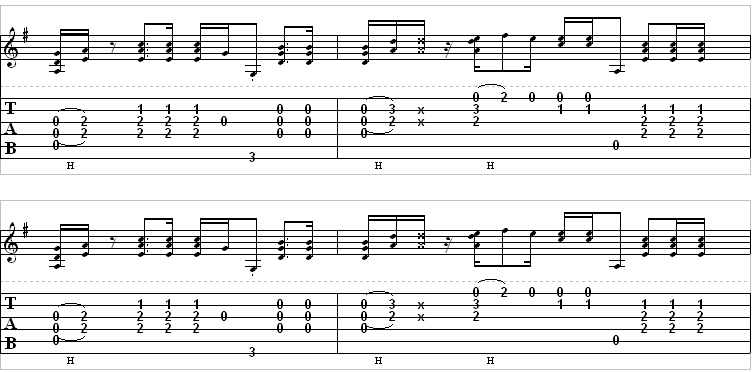Intro/ Verse Riff

Complete Transcription
Complete Transcription To “Mary Jane’s Last Dance” (PDF)
Complete Transcription To “Mary Jane’s Last Dance” (Power Tab)

Complete Transcription To “Mary Jane’s Last Dance” (PDF)
Complete Transcription To “Mary Jane’s Last Dance” (Power Tab)